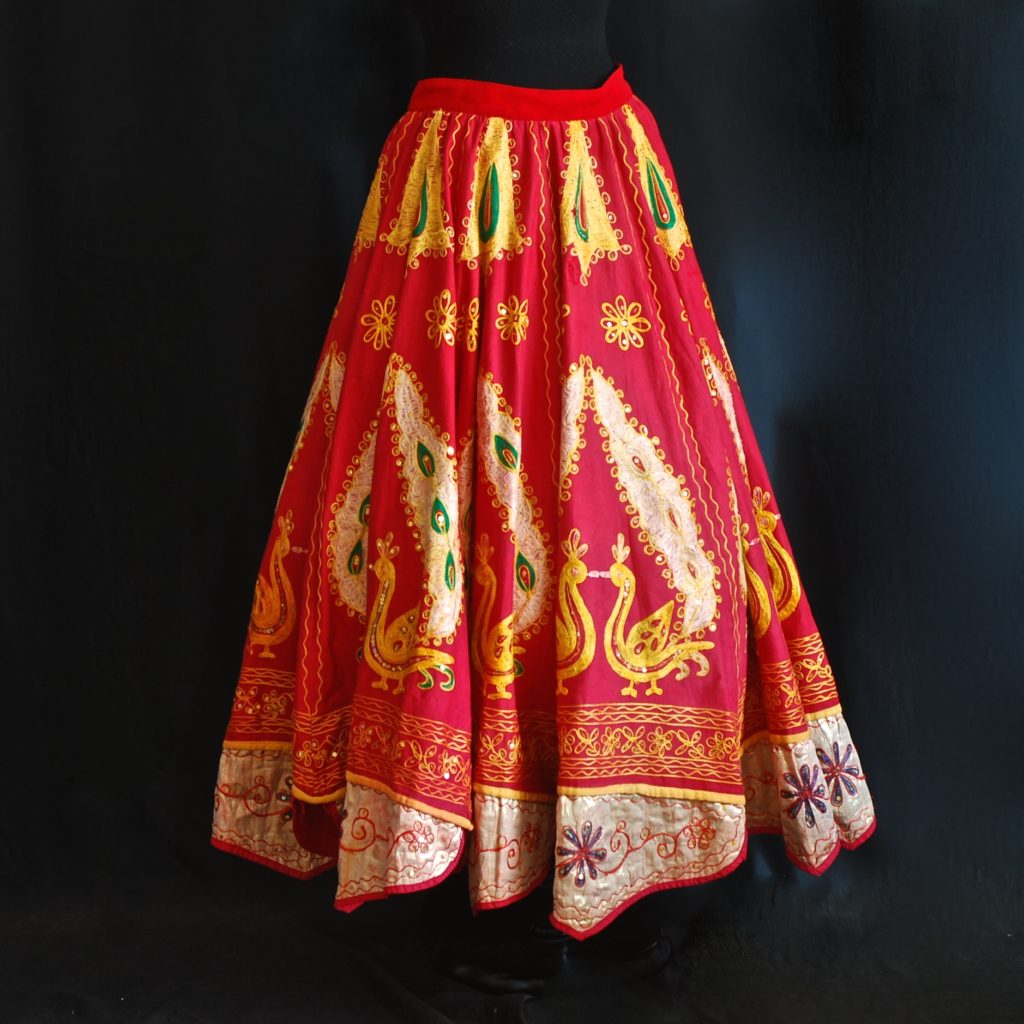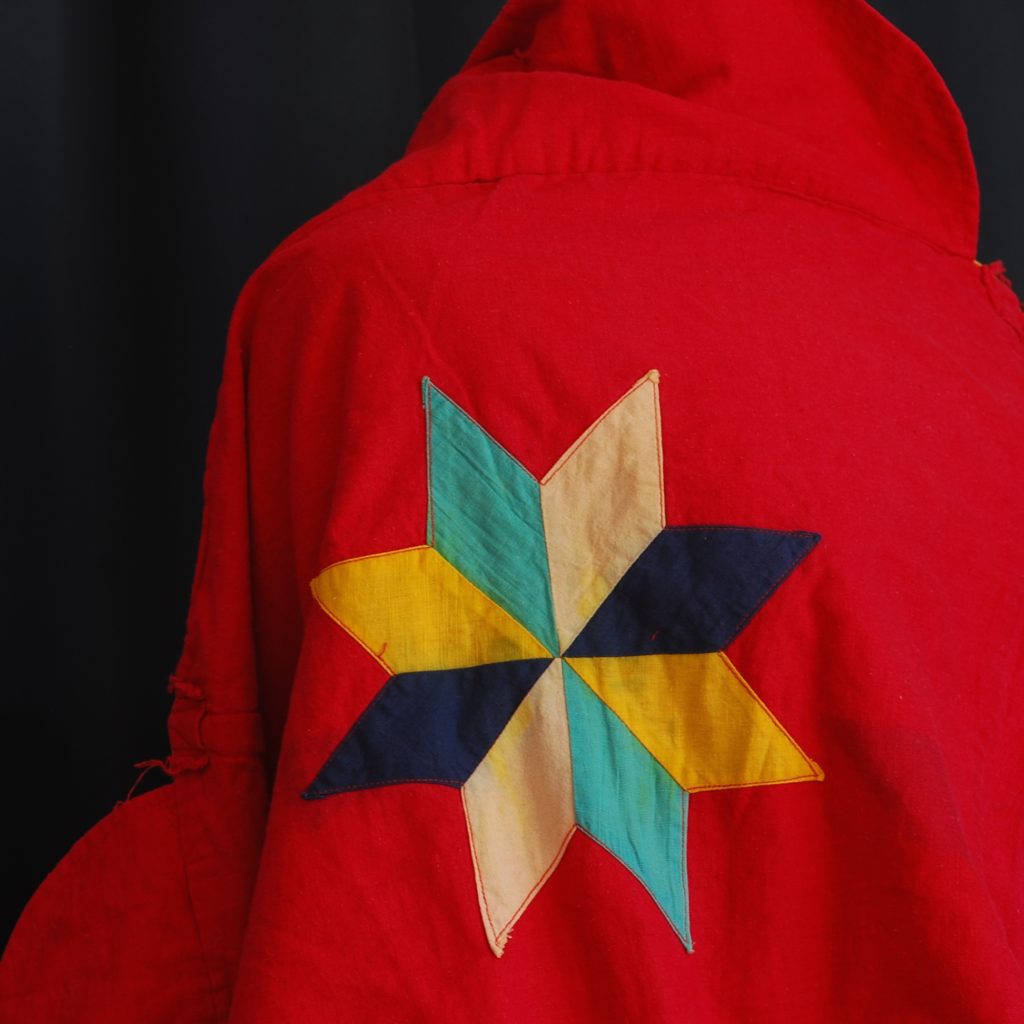History Of Exquisite Textiles From India
Hand woven and hand loomed silk, wool, and cotton from India with metallic threads and incredible artistry, demonstrates some of the most beautiful textiles in the world. The following excerpt from the Indian Textile History gives us an idea how rich and interwoven the history of textiles has been throughout India and the rest of the world:
“There is archaeological evidence of a cotton textile industry at Mohenjo-Daro in the IndusValley around 3000 B.C., and a few fragments survive from much later periods. Most of the extant textiles are dated after the seventeenth century, because the monsoon climate has been very destructive to early specimens. The Greeks with Alexander the Great wrote of the fine flowered muslins and robes embroidered in gold they had seen in India. They may also have seen the cotton fiber that grew on trees.”
“Marco Polo left detailed accounts of the people and industries of the coastal regions of India in the late thirteenth century. He mentioned seeing on the Coromandel Coast the finest and most beautiful cloth in all the world-buckrams like the tissues of spider webs, and he observed dyeing with indigo in the great textile center of Cambay and spinning of cotton in Gujarat.”
The maxi skirt in this post is a sample of antique Indian textile art. It is all cotton embellished with a variety of needlework patterns and images. The lining has some quilted patterns as well. I am not sure of the age, but from having experience with other vintage and antique textiles, I am guessing it is seventy-five to a hundred years old.


More info from the Indian Textile History to explain some of the techniques they use:
“Embroidery is important in India and there are many regional styles. Sometimes it is the work of village women; other times it is done by male professionals. There is a vast difference between the work that reaches western markets and the fine embroidery, important for its symbolism, that was made for the courts and temples of old India.
Phulkari (flower work) is a specialty of Punjab embroiderers. Bright-colored floss silk is worked on cotton with a darning stitch (Plate 50). Phulkari is sometimes combined with the mirror work that originated when blue and green beetle backs were sewn onto wedding garments of the hill tribes of southern India. Orthodox Hindus disapproved the practice and so pieces of mica were substituted. Eventually the mica was replaced by bits of glass or mirrors.
A type of chain stitch is worked with a hook in Gujarat to make birds, animals, humans, and flowers in bold colors. In the valley of the Ganges plant designs are worked in white on soft fabrics using satin stitch, and near Bombay running stitches make delightful animal figures on loosely woven cotton. The cross stitch is popular all across India.”
The shawls of Kashmir exhibit some of the most beautiful needlework and artistry of all time. By the beginning of the nineteenth century the shawls were in high demand world-wide, and their creation involved several different specialties. The wool is combed from the underside of Tibetan and Central Asian goats that are raised in Kashmir. This type of cashmere wool is known to be the softest and warmest wool in the world. Once the wool was gathered, the warp maker was tasked with cutting the yarn into lengths.
Once the yarn was ready, the warp threader prepared the loom. The pattern designer created the design in black and white to begin with. The colourist made the decisions on the colours and thread count, which was written down in a form of shorthand.
The weavers wound the yarn on many different bobbins, taking several days to complete. After weaving, the shawl was turned over to the cleaner who cut loose threads and touched up the needlework.
“Kashmir shawl designs were mostly floral until the middle of the eighteenth century, when they began to take on the characteristic cone arrangements. Cones were rather short and fat until the 1830s, when they became elongated with slender tips. By the 1850s they were almost abstract scrolls. Many shawl designs originated in Europe, and at one time Frenchmen went to Kashmir with the purpose of improving the patterns.
“Famine struck Kashmir periodically, but never devastated the weavers as completely as in the 1870s when the Franco-Prussian War closed the French market and the fashion for Kashmir shawls died.”
